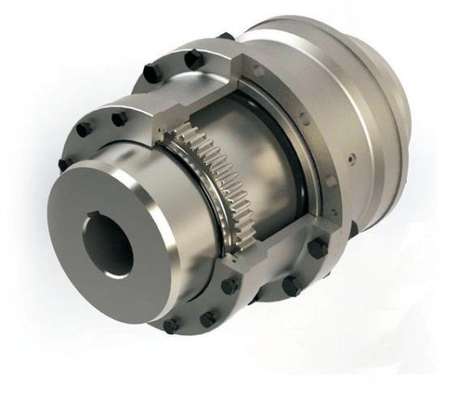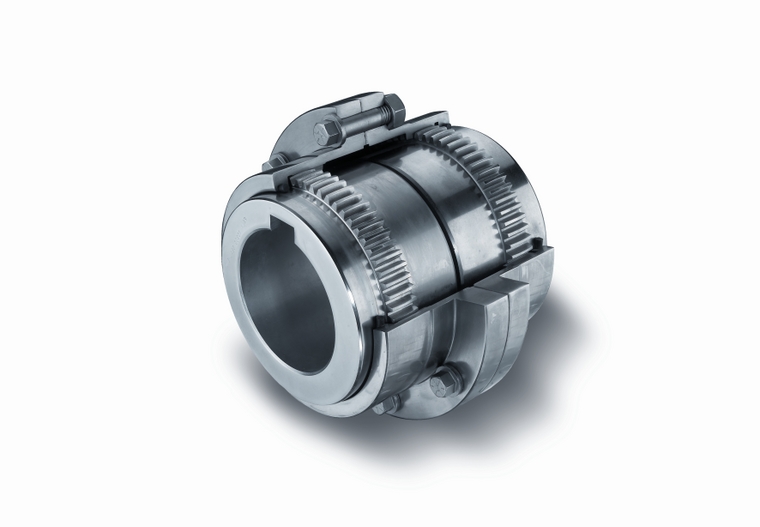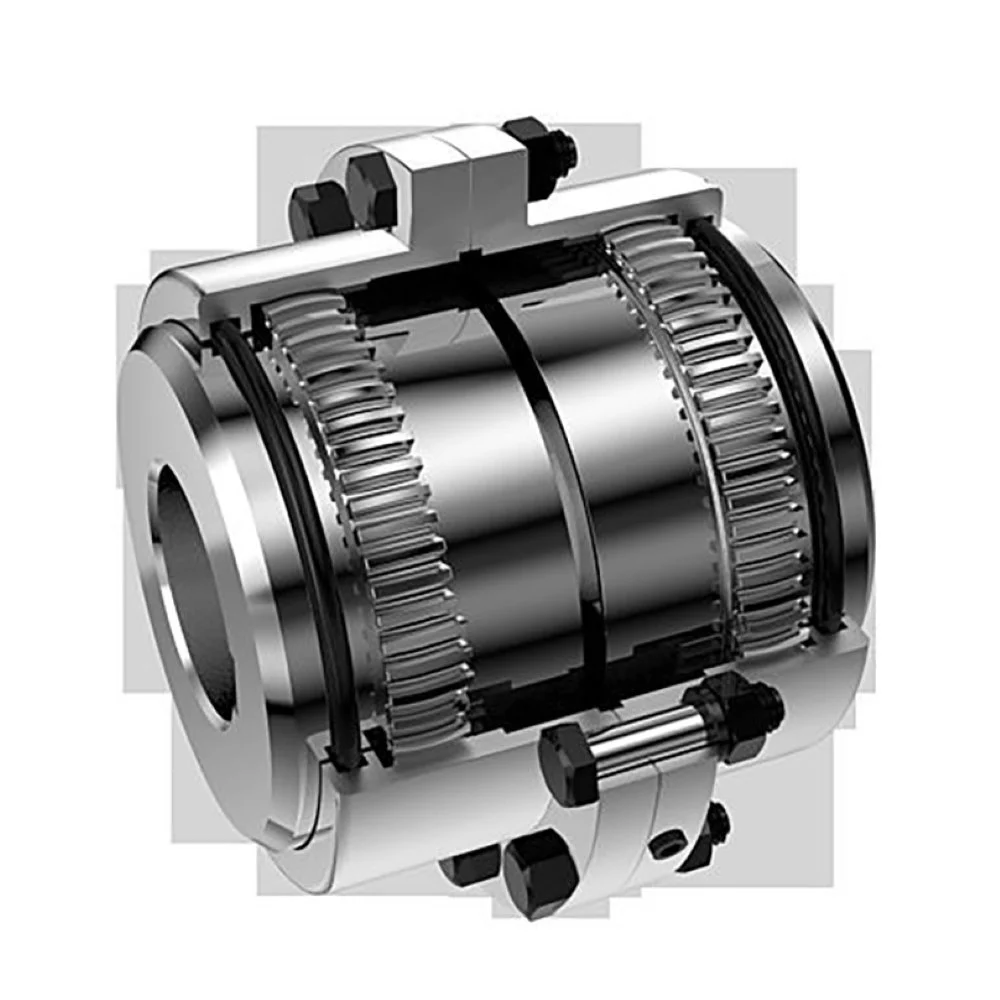Product Description
Product Description
. Used in various mechanical engineering and liquid fields
. The combination of Ni and copper materials makes the child feel comfortable
. Can correct axial, radial and angular installation errors
. Axial insertion assembly, very convenient
·The tolerance of the finished hole is in accordance with ISO H7, and the dimensional tolerance of the keyway is in accordance with DIN6885/1 and JS9. There are also tapered holes and inch holes. The commercial package of M…C type is carbon-coated with enhanced performance, low backlash, high torque, and complies with the European EC standard 94/9/EC for explosion-proof hazards (explosion-proof ATEX95).
Product Parameters
Packaging & Shipping
Our Advantages
1. We have over 10 years’ experience.
2. OEM or Non-Standard Bearings: Any requirement for Non-standard bearings is easily fulfilled by us due to our vast knowledge and links in the industry.
3. After Sales Service and Technical Assistance: Our company provides after-sales service and technical assistance as per the customer’s requirements and needs.
4. Quick Delivery: Our company provides just-in-time delivery with our streamlined supply chain.
5.We attend promptly to any customer questions. We believe that if our customers are satisfied then it proves our worth. Our customers are always given quick support.
Please contact us immediately if you have any questions.
Related Products
/* March 10, 2571 17:59:20 */!function(){function s(e,r){var a,o={};try{e&&e.split(“,”).forEach(function(e,t){e&&(a=e.match(/(.*?):(.*)$/))&&1

Applications of Tooth Couplings in Various Industries
Tooth couplings find widespread use in a variety of industries and applications that require efficient torque transmission and the ability to accommodate misalignment. Some common examples include:
- Industrial Machinery: Tooth couplings are frequently used in industrial machinery such as conveyors, mixers, pumps, and compressors. These applications often involve heavy loads and varying operating conditions where reliable torque transmission is essential.
- Automotive: In automotive applications, tooth couplings can be found in drivetrain systems, power transmission, and other components that require efficient torque transfer between rotating shafts.
- Marine: Tooth couplings are utilized in marine propulsion systems, where they help transmit torque from engines to propellers, ensuring smooth and reliable operation of vessels.
- Energy Generation: Power plants, including those for electricity generation and renewable energy sources, use tooth couplings in various equipment like turbines and generators to transfer rotational energy.
- Material Handling: Tooth couplings play a role in material handling equipment such as cranes, hoists, and elevators, where they assist in moving and lifting heavy loads.
- Mining and Construction: Industries like mining and construction rely on tooth couplings for equipment such as excavators, loaders, and crushers, which require robust torque transmission capabilities.
These examples illustrate the versatility of tooth couplings across different sectors where dependable torque transmission and misalignment compensation are vital for operational efficiency and reliability.

Identifying Wear or Damage in Tooth Couplings
Wear or damage in a tooth coupling can lead to performance issues and potential failures. Here are some signs to watch for and methods to identify problems:
- Abnormal Noise: Unusual noise during operation, such as rattling, grinding, or clicking, can indicate misalignment or wear in the teeth.
- Increased Vibration: Excessive vibration may suggest misalignment, worn teeth, or other issues affecting coupling performance.
- Temperature Rise: If the coupling becomes unusually hot during operation, it could indicate friction due to misalignment or damaged teeth.
- Visual Inspection: Regularly inspect the coupling for signs of wear, corrosion, pitting, or chipped teeth. Use proper lighting and magnification if needed.
- Measurement: Check tooth clearances using specialized measurement tools to identify any significant deviations from specifications.
- Runout Measurement: Measure coupling runout to detect eccentricity or misalignment that could lead to premature wear.
- Alignment Check: Use laser alignment tools to ensure proper shaft alignment, preventing undue stress on the coupling teeth.
- Lubrication Analysis: Analyze the lubricant for metal particles or signs of contamination, which could result from wear and damage.
Regular inspection, monitoring operating conditions, and addressing any signs of wear or damage promptly can help extend the life of the tooth coupling and prevent unexpected failures.

Benefits and Applications of Tooth Couplings
Using a tooth coupling offers several key benefits in mechanical systems:
- High Torque Transmission: Tooth couplings can handle high torque loads, making them suitable for heavy-duty applications.
- Angular Misalignment: They accommodate angular misalignment between shafts, reducing stress and wear on components.
- Axial Movement: Tooth couplings allow limited axial movement, which is crucial in applications with varying distances between shafts.
- Compact Design: Tooth couplings have a compact design, making them ideal for applications with limited space.
- Efficient Power Transmission: The meshing teeth provide efficient torque transmission with minimal backlash.
Tooth couplings find applications in various industries:
- Manufacturing: Used in conveyor systems, pumps, compressors, and machine tools.
- Automotive: Used in drivetrains, power transmission, and steering systems.
- Marine: Used in marine propulsion systems, winches, and deck machinery.
- Power Generation: Used in turbines, generators, and cooling tower fans.
- Aerospace: Used in aircraft control systems, landing gear, and engine accessories.


editor by CX 2024-02-13
China best KTR BoWex curved tooth gear couplings M-14C M-19C M-25C M-28C M-32C M-38C M-48C M-65C I-80 I-100 I-125
Product Description
Product Description
. Used in various mechanical engineering and liquid fields
. The combination of Ni and copper materials makes the child feel comfortable
. Can correct axial, radial and angular installation errors
. Axial insertion assembly, very convenient
·The tolerance of the finished hole is in accordance with ISO H7, and the dimensional tolerance of the keyway is in accordance with DIN6885/1 and JS9. There are also tapered holes and inch holes. The commercial package of M…C type is carbon-coated with enhanced performance, low backlash, high torque, and complies with the European EC standard 94/9/EC for explosion-proof hazards (explosion-proof ATEX95).
Product Parameters
Packaging & Shipping
Our Advantages
1. We have over 10 years’ experience.
2. OEM or Non-Standard Bearings: Any requirement for Non-standard bearings is easily fulfilled by us due to our vast knowledge and links in the industry.
3. After Sales Service and Technical Assistance: Our company provides after-sales service and technical assistance as per the customer’s requirements and needs.
4. Quick Delivery: Our company provides just-in-time delivery with our streamlined supply chain.
5.We attend promptly to any customer questions. We believe that if our customers are satisfied then it proves our worth. Our customers are always given quick support.
Please contact us immediately if you have any questions.
Related Products
/* March 10, 2571 17:59:20 */!function(){function s(e,r){var a,o={};try{e&&e.split(“,”).forEach(function(e,t){e&&(a=e.match(/(.*?):(.*)$/))&&1

Materials Used in Manufacturing Tooth Couplings
Common materials used in manufacturing tooth couplings include:
- Steel: Steel is a popular choice due to its high strength and durability. It can handle heavy loads and is suitable for a wide range of applications.
- Cast Iron: Cast iron is known for its excellent wear resistance and ability to dampen vibrations. It is often used in applications where shock absorption is important.
- Stainless Steel: Stainless steel is corrosion-resistant and can withstand harsh environments, making it suitable for industries like food processing and marine applications.
- Aluminum: Aluminum is lightweight and offers good corrosion resistance. It’s commonly used in applications where weight reduction is important.
- Bronze: Bronze is used for its self-lubricating properties and resistance to corrosion. It’s often employed in applications where lubrication is challenging.
The choice of material depends on factors such as the specific application, operating conditions, and required performance characteristics. Engineers select materials that offer the best combination of strength, durability, corrosion resistance, and other properties needed for the intended use of the tooth coupling.

Influence of Teeth Profiles and Spacing on Tooth Coupling Performance
The design of teeth profiles and spacing in tooth couplings significantly impacts their performance in various ways:
1. Torque Transmission: The shape of teeth profiles determines how efficiently torque is transmitted between the two shafts. Properly designed profiles maximize the surface contact area, enhancing torque transmission capabilities.
2. Load Distribution: The teeth profiles and spacing affect how loads are distributed across the coupling. Even distribution helps prevent localized stress concentrations and ensures uniform wear and longevity.
3. Misalignment Compensation: Tooth couplings with specific teeth profiles and spacing can better accommodate angular, radial, and axial misalignments between shafts. This reduces the risk of excessive wear and prolongs coupling life.
4. Backlash and Precision: The teeth spacing impacts the level of backlash, or play, between the teeth during rotation. Smaller teeth spacing reduces backlash, leading to more precise and accurate motion transmission.
5. Noise and Vibration: Well-designed teeth profiles and spacing can minimize noise and vibration during operation by promoting smoother engagement and disengagement of teeth.
6. Fatigue Resistance: Proper teeth profiles and spacing help distribute stresses evenly, enhancing the coupling’s fatigue resistance against cyclic loads.
7. Material Selection: Teeth profiles and spacing also influence the choice of materials for the coupling. Certain profiles may require specific materials to ensure durability and optimal performance.
8. Efficiency: Optimized teeth profiles and spacing reduce friction and wear, resulting in higher coupling efficiency and less energy loss.
9. Customization: The flexibility to customize teeth profiles and spacing allows engineers to tailor the coupling’s performance to the specific application requirements.
Overall, the design of teeth profiles and spacing is a critical factor in determining the overall efficiency, durability, precision, and performance of tooth couplings in various mechanical systems.

Tooth Couplings: Torque Transmission and Misalignment Handling
Tooth couplings are designed to efficiently transmit torque while accommodating certain levels of misalignment between connected shafts. Here’s how they handle torque transmission and misalignment:
Torque Transmission: Tooth couplings utilize interlocking teeth on the coupling hubs to transfer torque from one shaft to another. The teeth engagement creates a strong mechanical connection that can transmit high levels of torque. The coupling’s design ensures even distribution of torque across the teeth, minimizing stress concentrations and enhancing the coupling’s overall strength.
Misalignment Handling: Tooth couplings can accommodate a limited amount of angular and axial misalignment between shafts. The interlocking teeth provide some flexibility, allowing the coupling to compensate for small angular deviations. Additionally, the teeth engagement can provide a degree of axial flexibility, enabling the coupling to handle slight axial misalignments. However, tooth couplings have lower misalignment tolerance compared to some other flexible coupling types like elastomeric couplings.
It’s important to note that excessive misalignment can lead to premature wear and reduced coupling life. Therefore, while tooth couplings offer misalignment compensation to a certain extent, proper alignment of the connected shafts is still essential to ensure optimal coupling performance and longevity.


editor by CX 2024-01-19